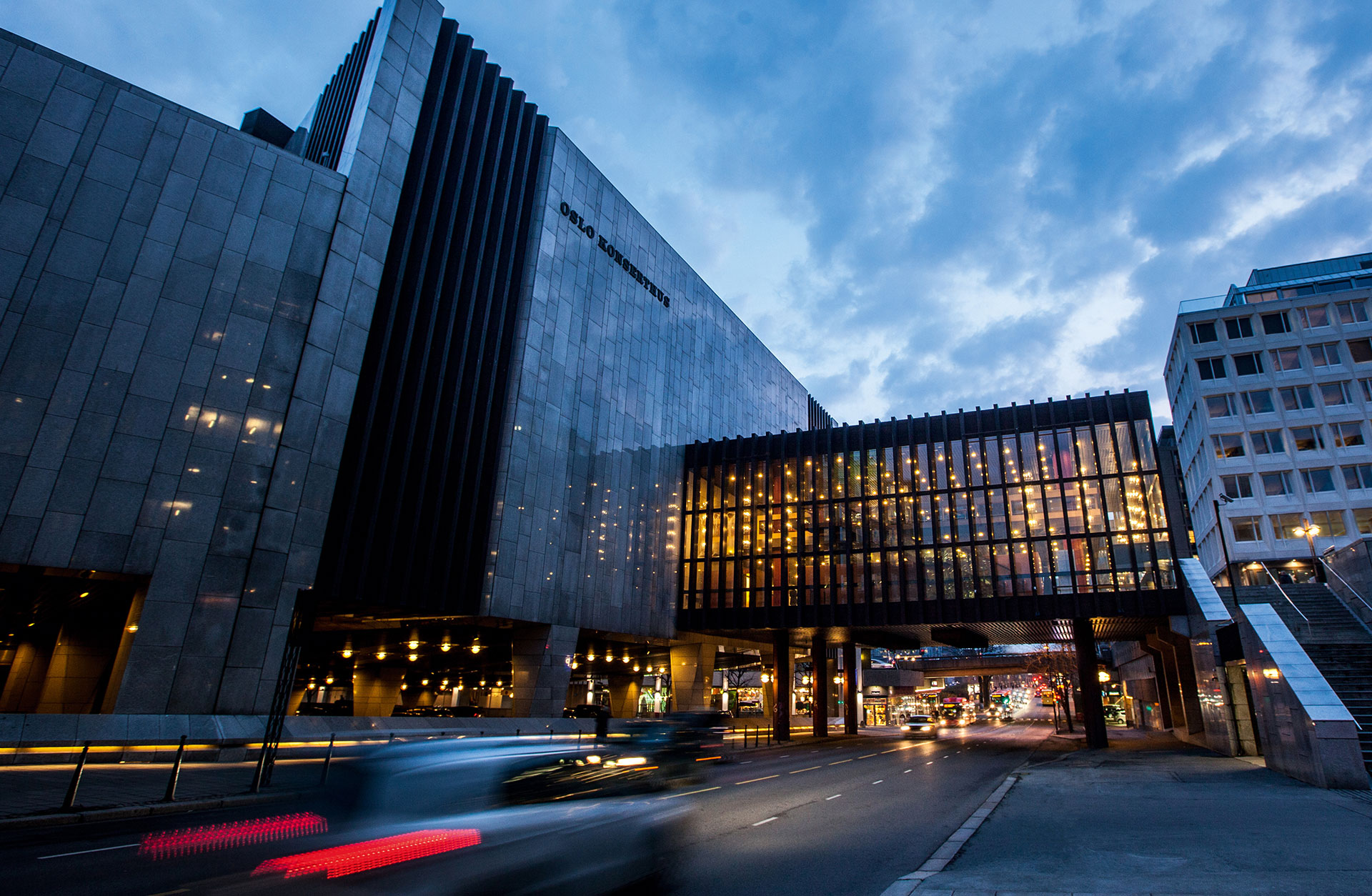Cart
Your cart is empty
Your cart is empty
List is empty
Press ESC to close the search field



Event has already taken place. Enchanting worlds with the Gothenburg Symphony Orchestra, conductor Santtu-Matias Rouvali and violinist Valeriy Sokolov.
This night Gothenburg Symphony Orchestra plays in Oslo Concert Hall.
There is something unusual about the music of Sibelius, something you don’t find anywhere else; a sensitivity for the innermost nuances. Just listen to the introductory tones in his Violin Concerto, or the stratospheric flageolets in the finale. He opens the door to unknown worlds, rooms filled with light and horizons that never end, with a masterful handling of the orchestra in which melancholy strings meet strident woodwind instruments. Soloist Valeriy Sokolov is the person who holds the key to these enchanting worlds.
We meet a completely different, emotional and neurotic outlook on life in Mahler’s Symphony No. 5, from the crazy trumpet in the initial funeral procession to storms and joyful dancing, not to mention the renowned adagietto, which passes dangerously close to the cliff of sentimentality. 70 minutes of everything for anyone who just can’t get enough.

Here you will find all the necessary information that you need to know about before your magical visit in the Concert Hall.
Invite yourself or someone you like to an experience for all the senses. Welcome to visit the Concert Hall's restaurant or one of our foyer bars.